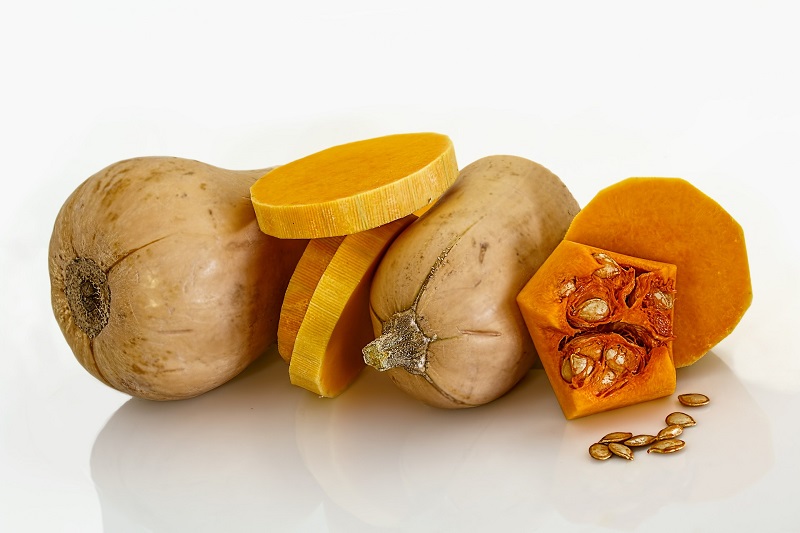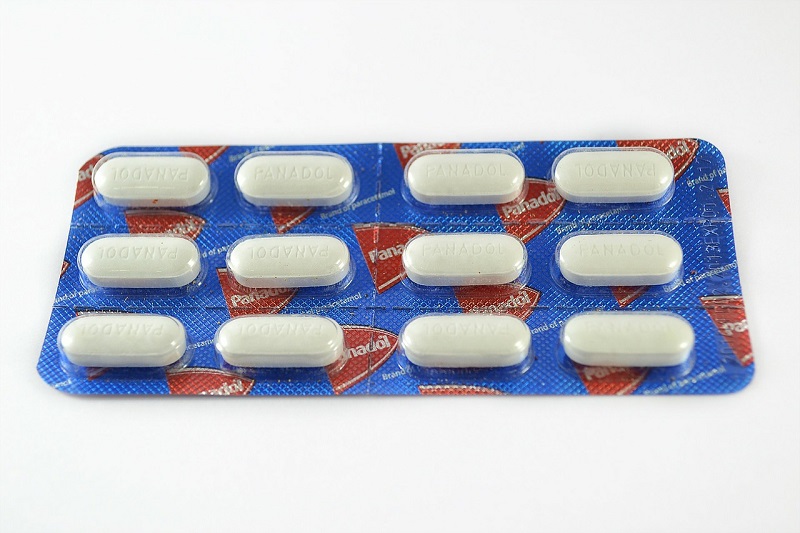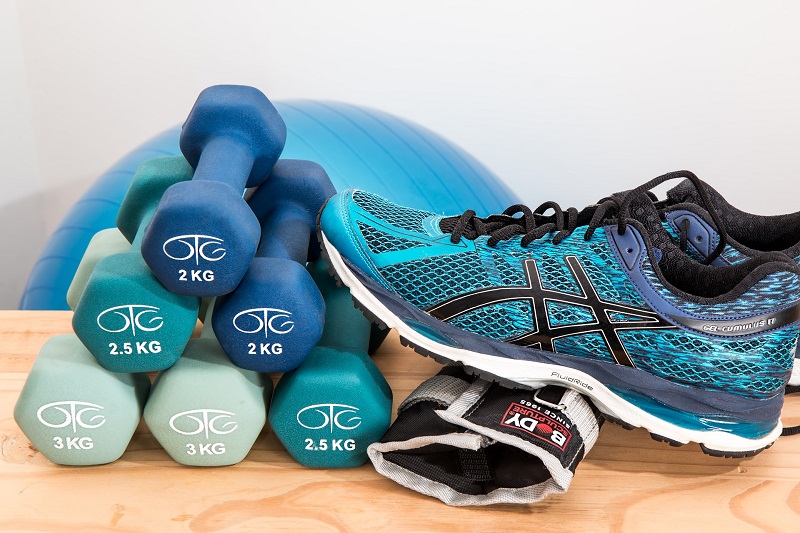Gastritis is an inflammation, irritation, or erosion of the stomach lining. It can be acute or chronic. Symptoms of gastritis include burning sensations in the stomach area, especially during mealtimes. Bloating, nausea and vomiting are also symptoms of gastritis. However, there are a number of gastritis treatment options available. For example, medication and avoiding triggers are part of a gastritis treatment plan and can help manage symptoms of gastritis. (1) A gastritis diet is also part of gastritis treatment. To find some much needed relief, a natural gastritis treatment, including a gastritis diet, might be the best route for you to take.

Common signs & symptoms gastritis sufferers might see include: (2)
- Burning sensations in or above the stomach/abdomen, especially around the time of eating
- Stomach aches or pains
- Feeling nauseous or vomiting
- Stomach bloating
- Loss of appetite, feeling very full quickly and possibly experiencing changes in weight
- Hiccups and burping
- Changes in bowel movements and the appearance of stools For example, your stool might be darker than usual. It may also take on a tar-like or bloody color.
Here are 4 natural treatments to help alleviate gastritis symptoms:
1. Foods to Avoid With Gastritis

One of the most important natural remedies for gastritis is to remove the triggers that are irritating the stomach lining. It’s common for people to gastritis to feel worse when they eat a lot of packaged/processed foods. Additionally, problems with gastritis arise with the consumption of fried foods, as well as hot and spicy foods. Furthmore, a poor diet promotes inflammation, which may raise the risk for leaky gut syndrome. It can also contribute to nutrient deficiencies which worsen gastritis symptoms.
Here are some tips you should follow to help lesson your gastritis symptoms:
- Consume very little packaged, processed foods that are high in synthetic ingredients and chemicals.
- Replace processed foods with more fresh foods. Opt for organic vegetables and fruit.
- Avoid sugary drinks. Instead, consume eight glasses or more of water per day.
- Instead of only eating one to two big meals per day, divide meals up into smaller amounts. However, have your smaller meals more frequently, such as every two to four hours. Furthermore, don’t skip breakfast, and try to eat your last meal more than three hour before going to sleep.
- Experiment to see if eating spicy foods makes your gastritis symptoms worse. Examples of this include peppers, seasonings or hot sauce. Cut out the foods that worsen symptoms.
- Track your symptoms. This will help you understand how common gastritis “trigger foods” affect your digestion. Common culprits include alcohol, caffeine, tomatoes, tea, citrus fruits, dairy, peppermint and black/red pepper. Eliminating alcohol can help reduce symptoms. This is because alcohol can irritate your stomach lining and make contact with digestive juices a more painful experience. (5)
2. Best Foods for Gastritis

After you’ve eliminated foods that can trigger gastritis symptoms, help your body all the more by giving it the food it wants. A nutrient-dense diet with very little processed foods is an important part of treating gastritis.
Healing foods for gastritis features mostly vegetables. However, it also includes fruits, high-quality proteins and healthy fats. These foods can help manage inflammation. They will also help you maintain a healthy weight, and prevent deficiencies in critical vitamins, minerals and antioxidants.
Research shows that foods that can help manage gastritis symptoms include high-antioxidant foods. (6) This is especially true with antioxidant foods with flavonoids, like berries. Additionally, onions, garlic, squash, bell peppers, nuts, soaked legumes/beans, sprouted whole grains, sea vegetables are good options to try. Additionally, supplements like omega-3 fatty acids, probiotics and vitamin C can be beneficial for those who suffer from gastritis.
3. Eliminate or Lower Use of Over-the-Counter Drugs

According to the University of Maryland Medical Center, up to 20 percent of those who use NSAIDs on a regular basis develop gastric problems due to changes in stomach acid. (7)
Frequently taking common pain-killing drugs can contribute to the development of gastritis. This is because these pain relievers change how your body produces a type of enzyme that normally helps build the lining of the stomach. For example, common culprits include aspirin, ibuprofen (Advil, Motrin IB, etc), and naproxen (Aleve, Anaprox). Whenever you can, use a natural remedy to help manage pain.
For example, for chronic muscle or joint pain, you should consider using anti-inflammatory essential oils, such as peppermint oil. Magnesium supplements, guided meditation and exercise work well for managing headaches and symptoms of PMS. However, if you still need to use a pain pill, use one labeled as acetaminophen (Tylenol). Pain pills in general should be avoided, but acetaminophen has not been shown to modify the stomach lining or increase gastritis symptoms. (8)
4. Exercise and Control Stress

A sedentary lifestyle increases inflammation, which can make gastritis worse. Similarly, high amounts of stress can induce inflammation.
Stress also increases production of stomach acid, which makes gastritis more painful. In fact, people with anxiety and high amounts of stress have shown to have poorer immune function. Additionally, they have higher than normal rates of H.pylori infections, as well as stomach inflammation and ulcers. (9)
To help alleviate symptoms of gastritis, exercise regularly for at least 30 minutes a day. Furthermore, try guided meditation or yoga. Following these steps should help you find some relief from your painful gastritis symptoms.


